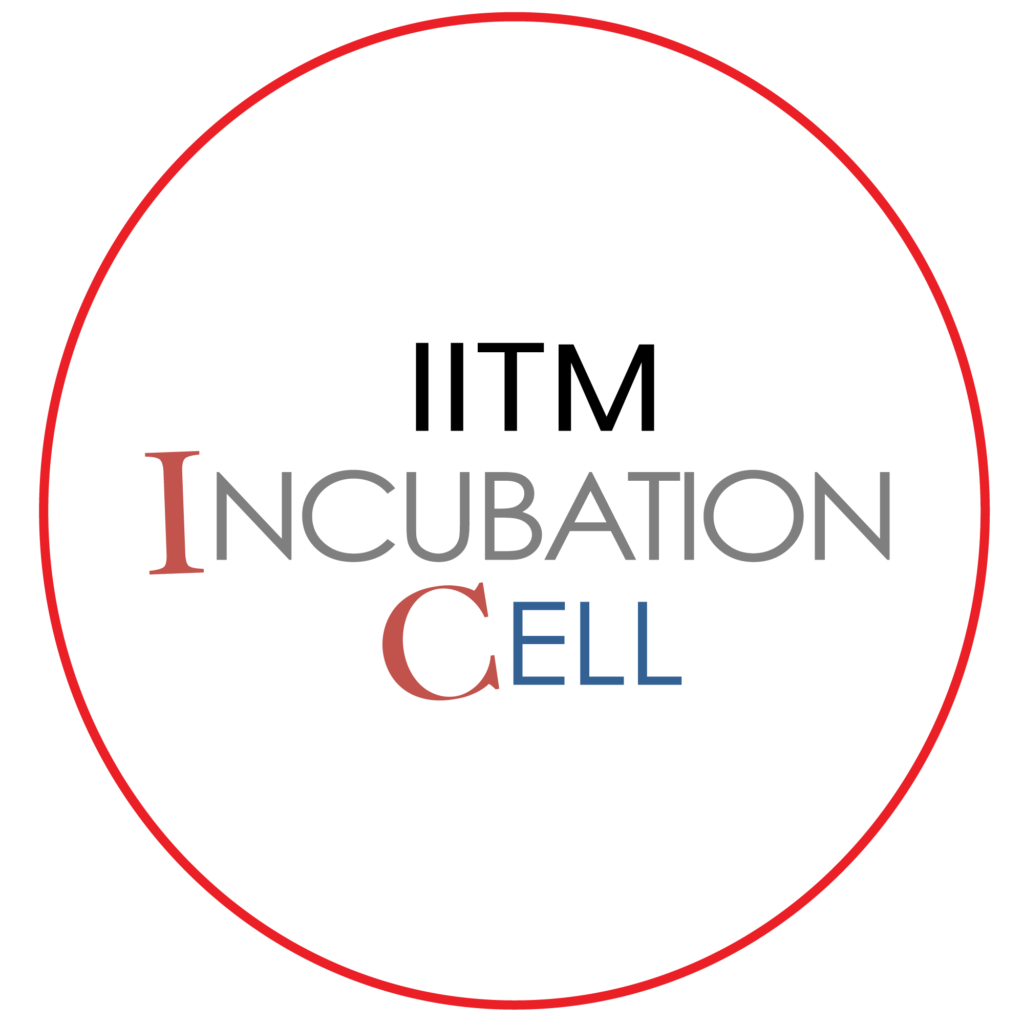Module 2.2: Design-thinking for user-centric product development
The design-thinking process has five steps – these are non-linear and involve several iterations and feedback loops along the process. By adapting this flow, developers and designers can address a range of challenges to solve a complex problem for the end user.
As discussed in Module 1 of this course, AT requires high degree of customization, hence users or Persons with Disabilities must be at the core of the design-thinking process. A user-first approach and continuous feedback loops can ensure that the solution is accessible and user-friendly.
As discussed in Module 1 of this course, AT requires high degree of customization, hence users or Persons with Disabilities must be at the core of the design-thinking process. A user-first approach and continuous feedback loops can ensure that the solution is accessible and user-friendly.
- Empathize – Engage with and understand the end user’s perspective, their emotional and psychological product experience
- Define – Narrow down focus by defining the problem to be addressed
- Ideate – Challenge assumptions and brainstorm to come up with ideas and analysethem to identify ones with the best potential
- Prototyping – Convert the chosen idea into a more tangible prototype
- Testing – Test the prototype with multiple users under various conditions to determine usability and robustness.
Here is a video showing a team from MIT undergoing the design-thinking process to redesign the walker for the elderly who need support while walking. A variety of stakeholders, from multiple disciplines (multi-disciplinary approach) collaborate and share knowledge with each other to come up with an effective solution.


